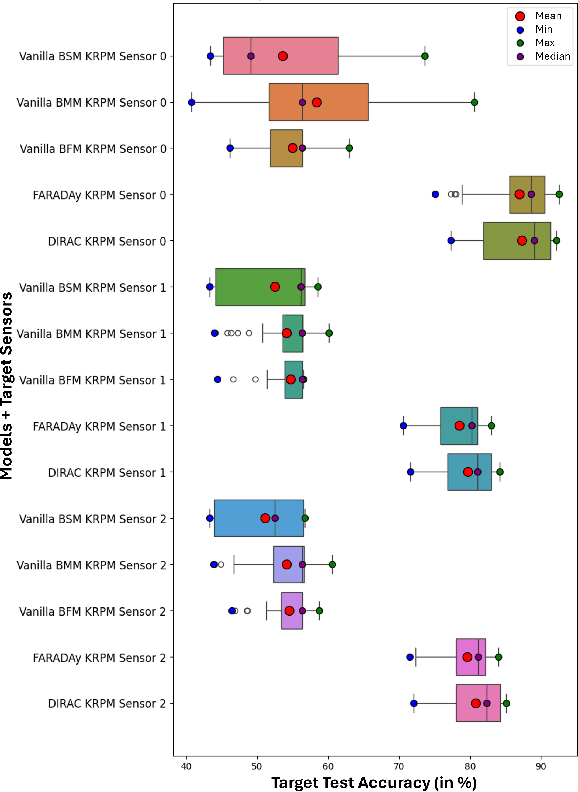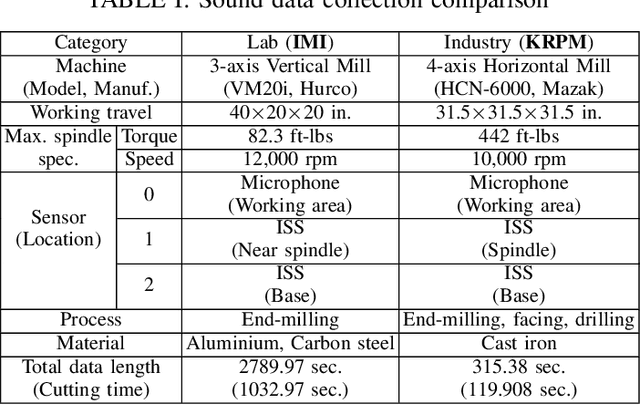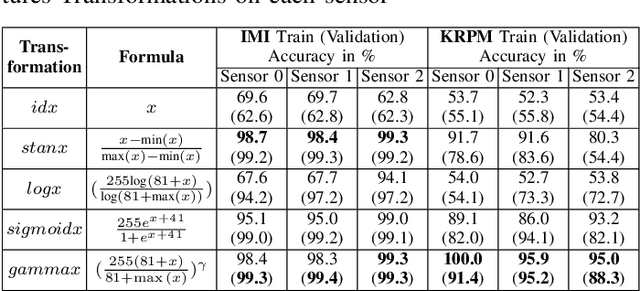Ali Shakouri
School of Electrical and Computer Engineering, Purdue University
Empowering Manufacturers with Privacy-Preserving AI Tools: A Case Study in Privacy-Preserving Machine Learning to Solve Real-World Problems
Jul 02, 2025Abstract:Small- and medium-sized manufacturers need innovative data tools but, because of competition and privacy concerns, often do not want to share their proprietary data with researchers who might be interested in helping. This paper introduces a privacy-preserving platform by which manufacturers may safely share their data with researchers through secure methods, so that those researchers then create innovative tools to solve the manufacturers' real-world problems, and then provide tools that execute solutions back onto the platform for others to use with privacy and confidentiality guarantees. We illustrate this problem through a particular use case which addresses an important problem in the large-scale manufacturing of food crystals, which is that quality control relies on image analysis tools. Previous to our research, food crystals in the images were manually counted, which required substantial and time-consuming human efforts, but we have developed and deployed a crystal analysis tool which makes this process both more rapid and accurate. The tool enables automatic characterization of the crystal size distribution and numbers from microscope images while the natural imperfections from the sample preparation are automatically removed; a machine learning model to count high resolution translucent crystals and agglomeration of crystals was also developed to aid in these efforts. The resulting algorithm was then packaged for real-world use on the factory floor via a web-based app secured through the originating privacy-preserving platform, allowing manufacturers to use it while keeping their proprietary data secure. After demonstrating this full process, future directions are also explored.
Adversarial Domain Adaptation for Metal Cutting Sound Detection: Leveraging Abundant Lab Data for Scarce Industry Data
Oct 23, 2024



Abstract:Cutting state monitoring in the milling process is crucial for improving manufacturing efficiency and tool life. Cutting sound detection using machine learning (ML) models, inspired by experienced machinists, can be employed as a cost-effective and non-intrusive monitoring method in a complex manufacturing environment. However, labeling industry data for training is costly and time-consuming. Moreover, industry data is often scarce. In this study, we propose a novel adversarial domain adaptation (DA) approach to leverage abundant lab data to learn from scarce industry data, both labeled, for training a cutting-sound detection model. Rather than adapting the features from separate domains directly, we project them first into two separate latent spaces that jointly work as the feature space for learning domain-independent representations. We also analyze two different mechanisms for adversarial learning where the discriminator works as an adversary and a critic in separate settings, enabling our model to learn expressive domain-invariant and domain-ingrained features, respectively. We collected cutting sound data from multiple sensors in different locations, prepared datasets from lab and industry domain, and evaluated our learning models on them. Experiments showed that our models outperformed the multi-layer perceptron based vanilla domain adaptation models in labeling tasks on the curated datasets, achieving near 92%, 82% and 85% accuracy respectively for three different sensors installed in industry settings.
Efficient Microscopic Image Instance Segmentation for Food Crystal Quality Control
Sep 26, 2024Abstract:This paper is directed towards the food crystal quality control area for manufacturing, focusing on efficiently predicting food crystal counts and size distributions. Previously, manufacturers used the manual counting method on microscopic images of food liquid products, which requires substantial human effort and suffers from inconsistency issues. Food crystal segmentation is a challenging problem due to the diverse shapes of crystals and their surrounding hard mimics. To address this challenge, we propose an efficient instance segmentation method based on object detection. Experimental results show that the predicted crystal counting accuracy of our method is comparable with existing segmentation methods, while being five times faster. Based on our experiments, we also define objective criteria for separating hard mimics and food crystals, which could benefit manual annotation tasks on similar dataset.
 Add to Chrome
Add to Chrome Add to Firefox
Add to Firefox Add to Edge
Add to Edge